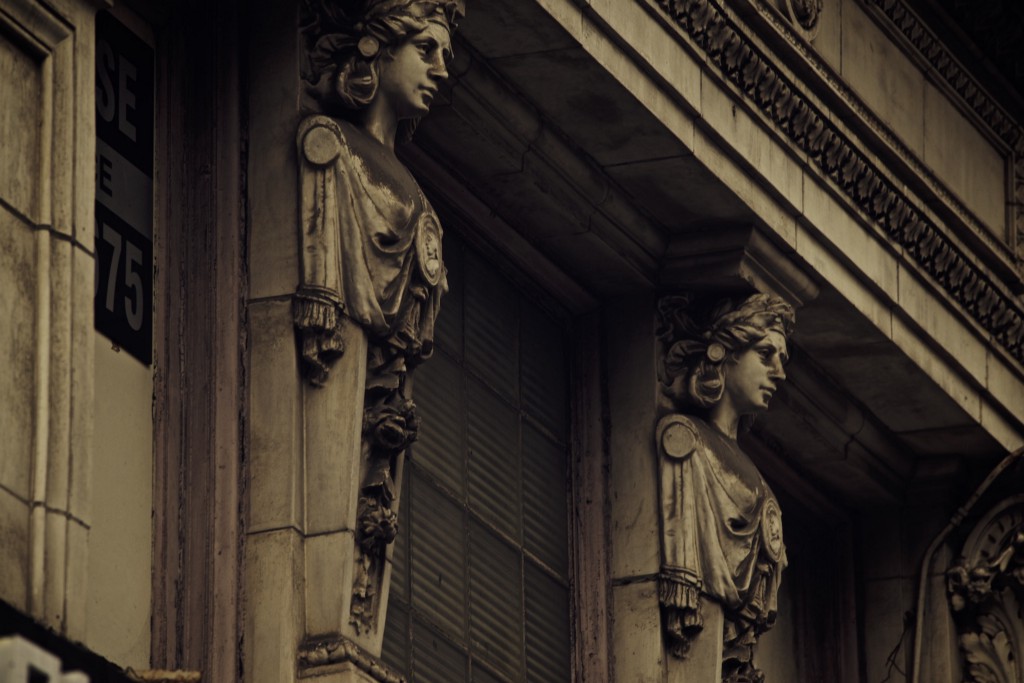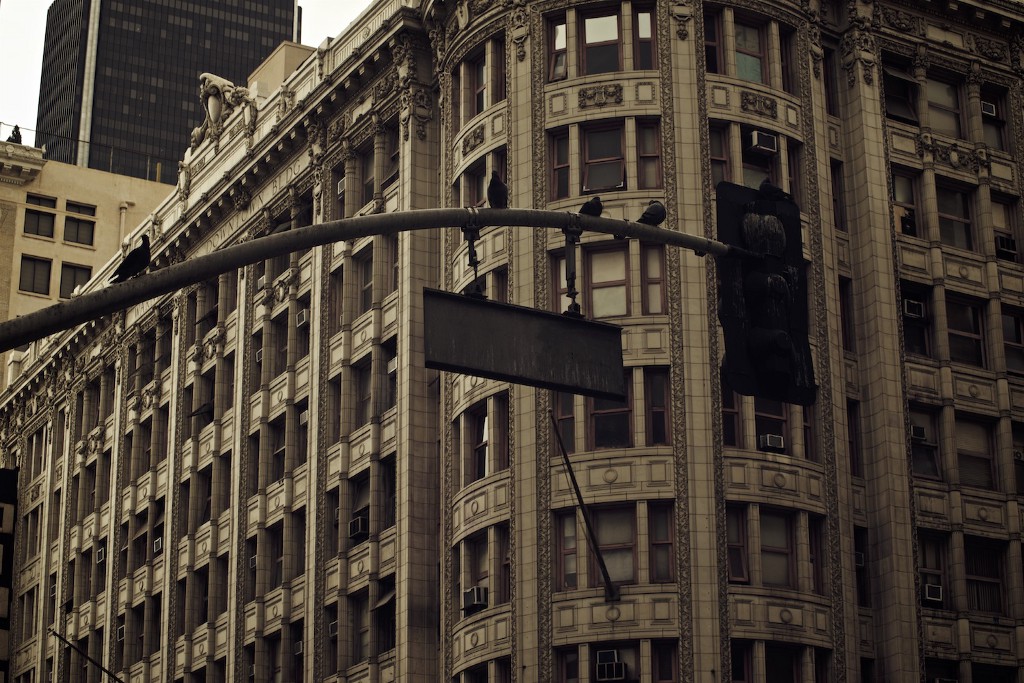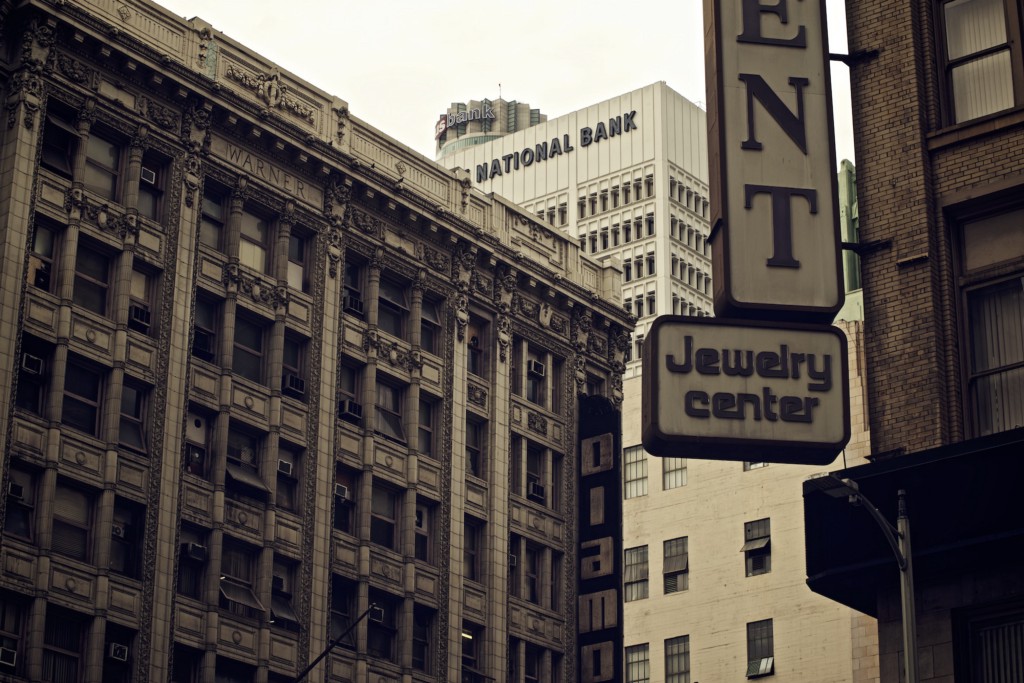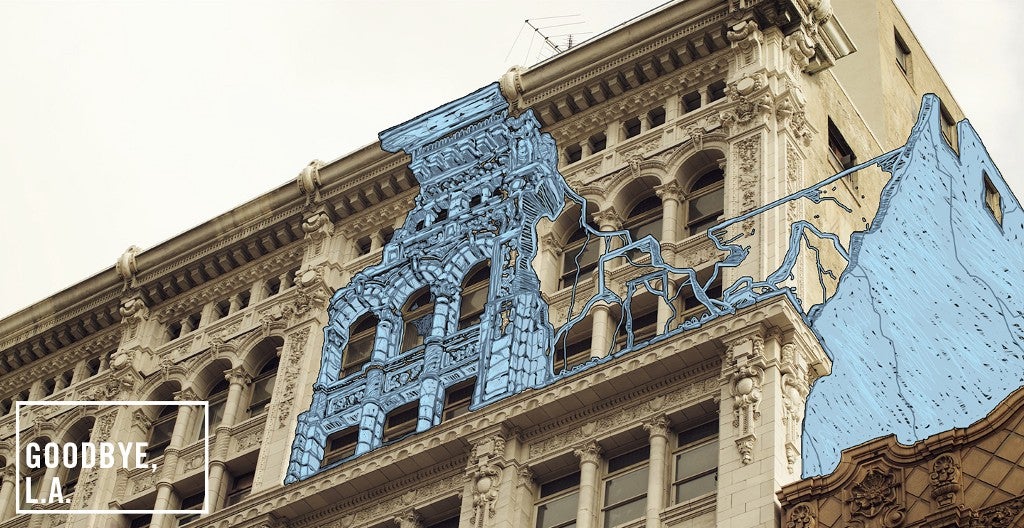MEL asked writer Ryan Bradley to tour Los Angeles, imagining what we might lose after the Big One strikes. Read the entire series here.
There are waves in the earth, through the earth, around the earth. They are always there, sure as the ocean. Caused by the ocean, in fact—these particular waves move from the sea bottom to the earth’s crust. They are the waves of the earth’s ambient seismic field. And though they are billions of times weaker than the waves of an earthquake, these tremors can tell us what earthquakes will do, how they will behave and where their much bigger vibrations will go.
In the Los Angeles basin, what these waves are telling us about an earthquake along the San Andreas is way worse than we once thought.

In 2006, Stanford geophysics professor Greg Beroza and Ph.D. student Marine Denolle began running the small, ocean-wave formed waves through a supercomputer, running simulations that would amplify these waves into something more seismic — as great as a magnitude 7 quake. The most terrifying simulation, posted in 2014, came from a quake along the San Andreas out by Palm Springs, where a corridor of shallow sedimentary basins act as a sort of wave guide, funneling the power of the quake into the L.A. Basin, where the shock waves reverberate. The corridor from the desert is pretty much a straight shot directly to Downtown.
Other cities — Seattle, parts of the Bay Area, Tokyo, and, especially, Mexico City — see a similar sort of amplification from relatively far off quakes due to their geology. But Downtown L.A. is doubly unlucky. It’s also sitting right on top of a shallow fault of its own.
The Puente Hills Fault runs about four miles beneath Downtown and two miles below the Coliseum and USC. When the Big One struck, it released as much as 15 times times more energy at the surface than the 1994 quake in Northridge, and in far denser parts of the county, with much taller buildings. Shallow quakes of lesser magnitude still strike the surface with far greater violence. Italy’s 6.2 temblor in the Apennine Mountains is a good example of this; or another, in 1933, in Long Beach. A quake in the fault under Downtown meant entire streets collapsed after the earth lifted up about two feet. A lot of old buildings came down, too.

Striped, toppled, through the rubble — the inner working of the buildings revealed themselves. I don’t mean the structures, the stuff that made the buildings stand up, but what people did in them, the stuff that made the buildings live. And not just the things they sold or homes they made or cars they parked, but all detritus of a building filled with people doing several different things all at once.
I supposed I should give an example of what I mean. One is the pita place above the diamond mart in the old Warner Brothers Theater. The theater used to be a theater and still looks, in parts, like a theater. There’s still a stage and a balcony, with seats. I sometimes wander back there and imagine some guerrilla theater troupe I’m not a member of using this space in a clever way. Or not a clever way! Just using it, because it’s there. It’s still Warner Brothers, too — at least, the brass plates say “WB.” There are also the florescent lights reflecting off the glass cases of the jewelry sellers. And there are jewelry sellers, standing around, waiting to sell some jewelry. A captive audience for guerrilla theater.

What I suppose I like most about the palimpsest of the buildings Downtown is that it goes against how we think about buildings and assign them meaning and give them names. The names we assign buildings help tell us what they are supposed to do: offices for workers, apartments for dwellers, parking lots for cars. Downtown L.A. is filled with spaces like the old theater turned diamond mart with the pita place on the second floor, studios and offices above. All jumbled up. Offices now apartments, old apartments turned parking lots, parking lots now apartments. Old theaters are not just diamond marts but churches, or nothing at all unless they’re being used in a film. Then, I guess, they’re film sets. There is, or was, throughout Downtown L.A., an exhilarating strangeness to all the reuse, all these buildings and spaces that don’t quite know what they are, or were, for—because they could be for anything. It is exhilarating because what the hell goes on inside that building? is almost never a straightforward question to answer. Or the answer is up to the people assembled inside that space at that given moment.
A few blocks away from my old pita spot was the Broadway Jewelry Center. The space from street level — bright lights, black and white checkered marble interior, a sort of grimy 1980s look inside — appeared like nothing else in the rest of the building, especially when you stepped across the street and looked up at the rest of the place, which was described when it opened in 1910 as “a magnificent white pile.” Its facade was filled with arches and columns and little beaux arts flights of fancy. Walter P. Story, the son of a rich Montana cattleman, had been given the land for the building when he was just 14. When it opened, it featured 12 of the largest plate glass windows west of Chicago, and the ground floor, second floor and basement were all occupied by Mullen & Bluett, a clothing store. On one side of the building, from 7th street, in faded blue you could still see the New Story Building and, below it, smaller: Mullen & Bluett. Everything the store sold, it boasted, was made in Los Angeles.
Story went on to become a major general in the army, and lived part-time in a penthouse on the 10th floor of his building. The Downtown house led to an intricate garden and servants quarters on the roof — but it was, supposedly, unused, and has been for decades. When I walked by and looked up, I liked imagining the decaying grandeur within, the garden overgrown and seeping into the space, the old home of a long-dead general become the fanciest pigeon roost in town.
